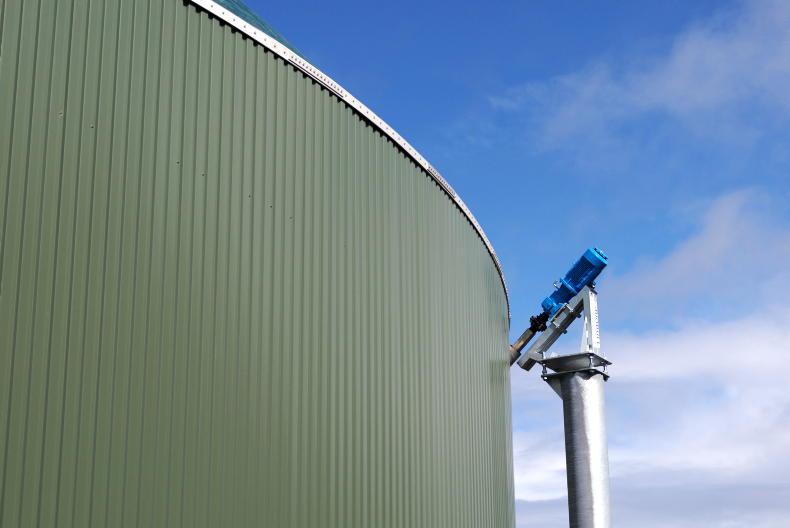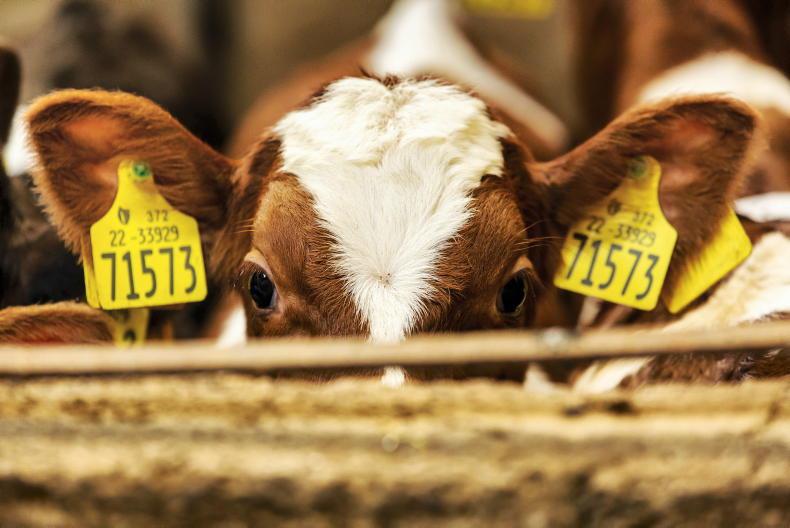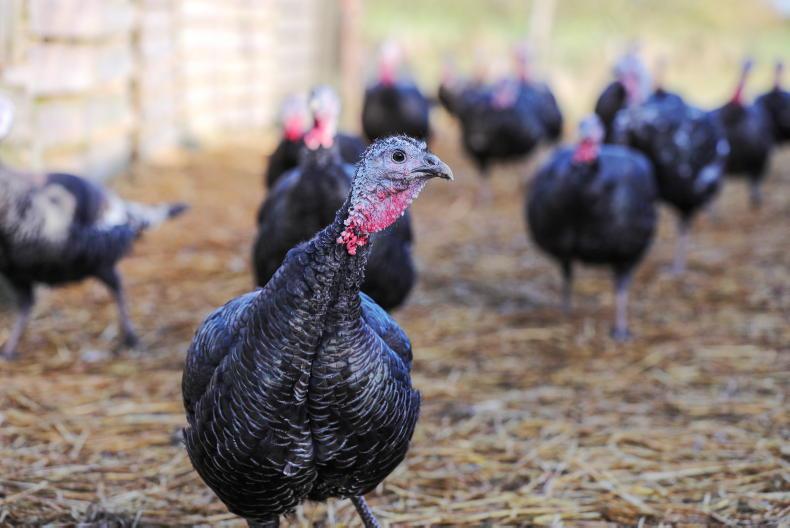Farmers and contractors face the prospect of a total ban on splash plates.
This and other restrictions could cost the industry tens of millions of euros per year if Ireland is to meet its ammonia emissions targets.
Ireland must bring its ammonia emissions 5% below 2005 levels by 2030 under EU health legislation. Agriculture is responsible for 98% of Irish ammonia, mostly from cattle slurry.
Minister for the Environment Denis Naughten suggested “a future end date on the use of splash-plate slurry spreading” in a clean air public consultation last month.
Only solution
Teagasc’s submission to the consultation, published this week, says the only solution to meet Ireland’s 5% target while growing production involves spreading half of Ireland’s cattle and pig slurry with trailing shoes.
Teagasc puts the cost of the plan including 50% trailing shoe slurry spreading at €35.9m per annum, focusing splash-plate replacement efforts on contractors because they are heavier users.
Using dribble bars instead of trailing shoes would cost €24m annually, but would fall short of Ireland’s targets.
The IFA said in its submission to the consultation that an outright ban on splash plates would be “extremely concerning and impractical”, with some landscapes and field sizes unsuited to trailing shoes.
The Association of Farm and Forestry Contractors in Ireland (FCI) is open to phasing out splash plates provided grants are available to its members.
An additional challenge in tackling ammonia emissions is that some easier measures would conflict with another set of targets – those associated with climate change.
This comes as these separate emissions are debated in the European Parliament. Environment committee MEPs have proposed drastic cuts to the flexibility offered to Ireland for 2030 climate targets, ahead of a plenary vote next week.
Read more
Listen: slurry splash plate ban proposed
Farmers and contractors face the prospect of a total ban on splash plates.
This and other restrictions could cost the industry tens of millions of euros per year if Ireland is to meet its ammonia emissions targets.
Ireland must bring its ammonia emissions 5% below 2005 levels by 2030 under EU health legislation. Agriculture is responsible for 98% of Irish ammonia, mostly from cattle slurry.
Minister for the Environment Denis Naughten suggested “a future end date on the use of splash-plate slurry spreading” in a clean air public consultation last month.
Only solution
Teagasc’s submission to the consultation, published this week, says the only solution to meet Ireland’s 5% target while growing production involves spreading half of Ireland’s cattle and pig slurry with trailing shoes.
Teagasc puts the cost of the plan including 50% trailing shoe slurry spreading at €35.9m per annum, focusing splash-plate replacement efforts on contractors because they are heavier users.
Using dribble bars instead of trailing shoes would cost €24m annually, but would fall short of Ireland’s targets.
The IFA said in its submission to the consultation that an outright ban on splash plates would be “extremely concerning and impractical”, with some landscapes and field sizes unsuited to trailing shoes.
The Association of Farm and Forestry Contractors in Ireland (FCI) is open to phasing out splash plates provided grants are available to its members.
An additional challenge in tackling ammonia emissions is that some easier measures would conflict with another set of targets – those associated with climate change.
This comes as these separate emissions are debated in the European Parliament. Environment committee MEPs have proposed drastic cuts to the flexibility offered to Ireland for 2030 climate targets, ahead of a plenary vote next week.
Read more
Listen: slurry splash plate ban proposed









SHARING OPTIONS